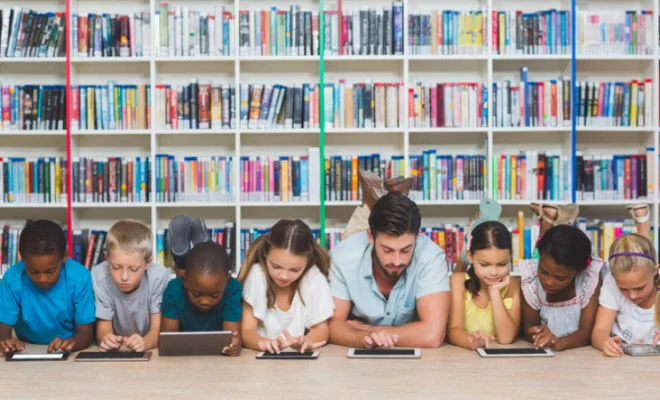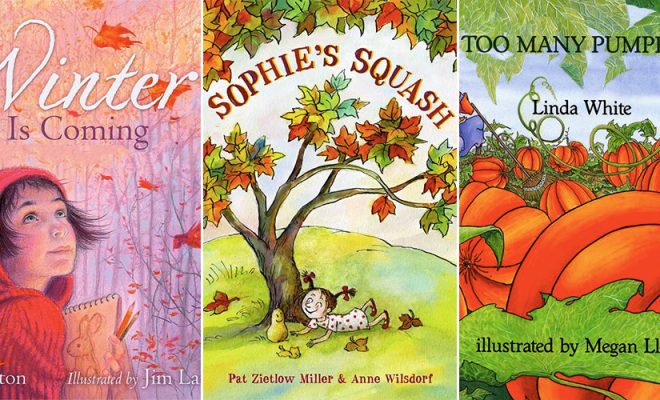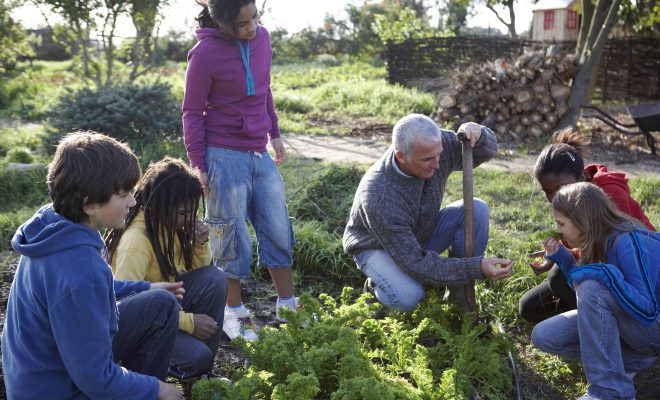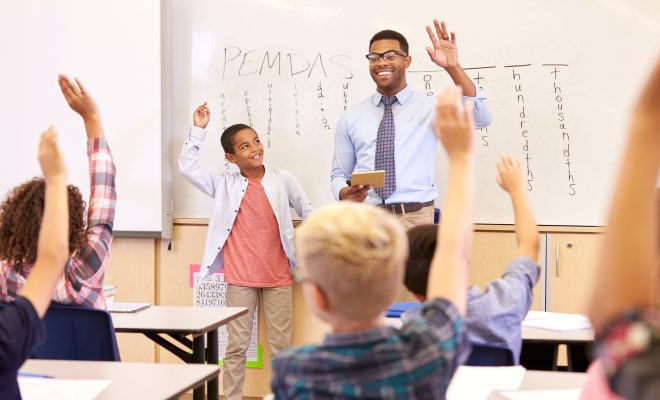20 Balloon Experiments to Make Your Lessons Really Pop
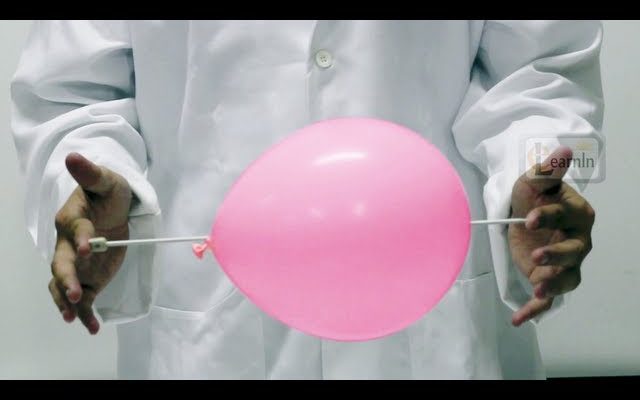
Balloons are not just for birthdays and parties! They can also be used as educational tools to engage students and make learning more fun. In this article, we will explore 20 balloon experiments that will make your lessons really pop!
1. Balloon Rockets: Inflate a balloon and attach a string to it. Tape the other end of the string to a straw. Blow into the straw and watch the balloon zoom across the room.
2. Balloon Static Electricity: Rub a balloon against your hair or a woolen cloth. Hold the balloon near a wall and observe how it sticks. This demonstrates the transfer of static electricity.
3. Balloon Volcano: Create a mini volcano by placing a small bottle on a tray. Fill the bottle one-third with vinegar and add a few drops of food coloring. In a separate container, combine baking soda and water to make a paste. Quickly pour the baking soda paste into the bottle and watch the colorful “lava” erupt.
4. Balloon Car: Create a simple car using a balloon, a straw, and four small wheels. Attach the balloon to the straw and place it at the back of the car. Inflate the balloon and release it, propelling the car forward.
5. Balloon Hovercraft: Inflate a balloon and tape it to the bottom of a CD. Place the CD on a smooth surface and watch it glide like a hovercraft.
6. Balloon Pinwheel: Attach a balloon to a wooden stick and decorate the balloon with colors or patterns. Hold the stick and move it rapidly to see the balloon spin like a pinwheel.
7. Balloon in a Bottle: Stretch a balloon over the mouth of a bottle. Place the bottle in warm water and observe how the balloon expands as the air inside warms up.
8. Balloon Density: Fill balloons with various substances such as water, air, flour, and sand. Compare their densities by observing how they float or sink in water.
9. Balloon Pop Challenge: Inflate multiple balloons and attach them to a wall. Challenge students to pop the balloons in different ways, such as using a dart or sitting on them. Discuss the science behind why balloons pop.
10. Balloon Fountain: Fill a plastic bottle with water and attach a balloon to the mouth. Turn the bottle upside down and let the water flow into the balloon, creating a mini fountain.
11. Balloon Avalanches: Create a domino-like effect by inflating several balloons and stacking them on top of each other. Release the first balloon, and watch as the others fall in a chain reaction.
12. Balloon Anatomy: Draw organs or body parts on a balloon and label them. Inflate the balloon and discuss the functions of each part as you point them out.
13. Balloon Clouds: Attach small balloons to a larger balloon to create a cloud formation. Discuss the different types of clouds and their impact on weather.
14. Balloon Music: Stretch balloons over various-sized containers to create different sounds. Experiment with the pitch and volume by varying the size and amount of air in the balloons.
15. Balloon Art: Use markers or paints to decorate balloons and create colorful masterpieces. Discuss the use of balloons in art installations and sculptures.
16. Balloon Solar System: Attach balloons of different sizes and colors to represent planets. Hang them from the ceiling in the order of the solar system and discuss each planet’s characteristics.
17. Balloon Secret Messages: Write messages or answers on slips of paper and insert them inside partially inflated balloons. Inflate the balloons fully and challenge students to pop them and discover the hidden messages.
18. Balloon Anatomy: Inflate a balloon with an image of a human body. Use a marker or pins to point out different anatomical parts and discuss their functions.
19. Balloon Yo-Yo: Attach a string to a balloon and tie the other end to a small weight. Hold the string and release the balloon, allowing it to fly up and down like a yo-yo.
20. Balloon Conservation: Use deflated balloons to discuss the importance of conserving helium and managing plastic waste. Brainstorm ways to reuse or recycle balloons after they have served their purpose.
With these 20 balloon experiments, you can make your lessons more interactive and exciting. Balloons are versatile and inexpensive teaching tools that can engage students and enhance their understanding of various scientific concepts. So, let your lessons pop with these fun-filled balloon experiments!

